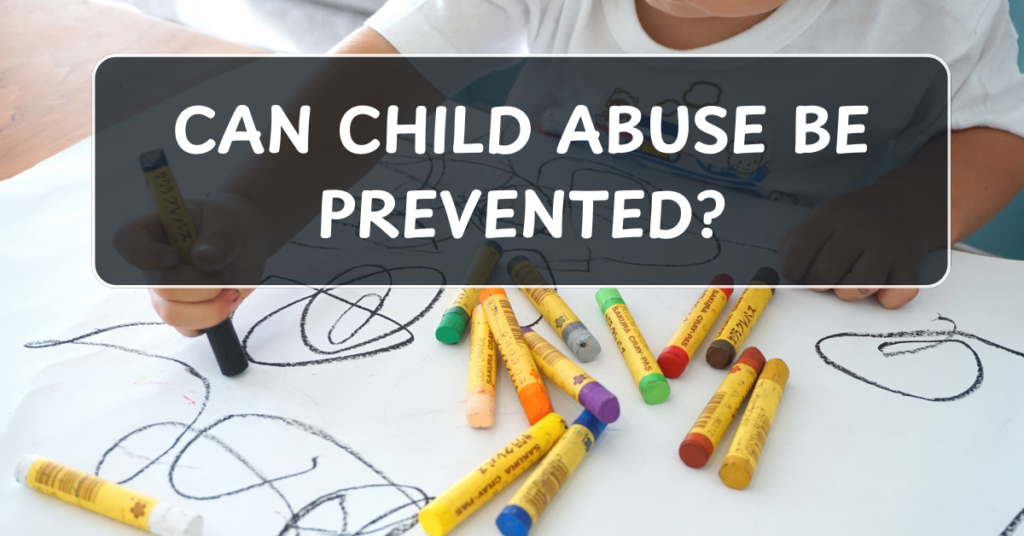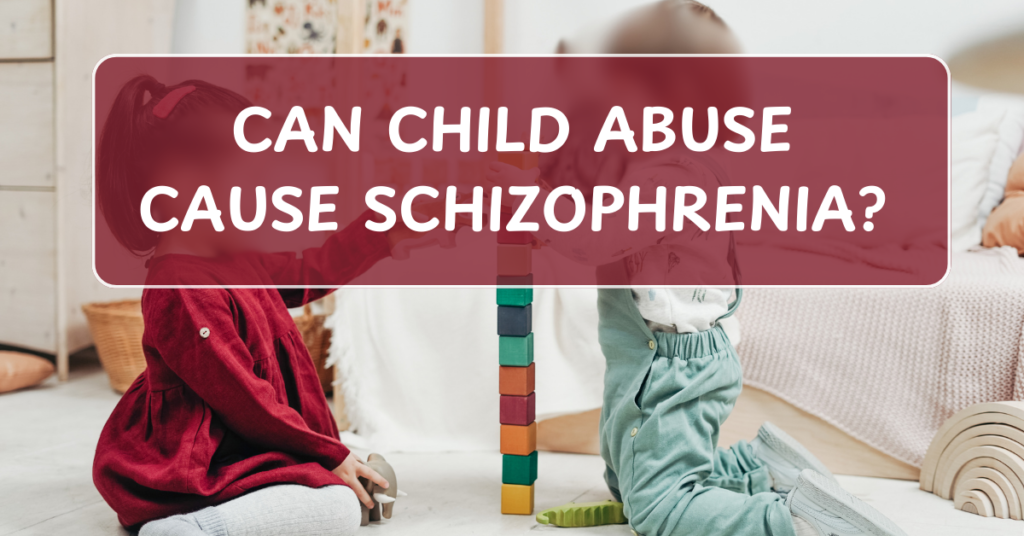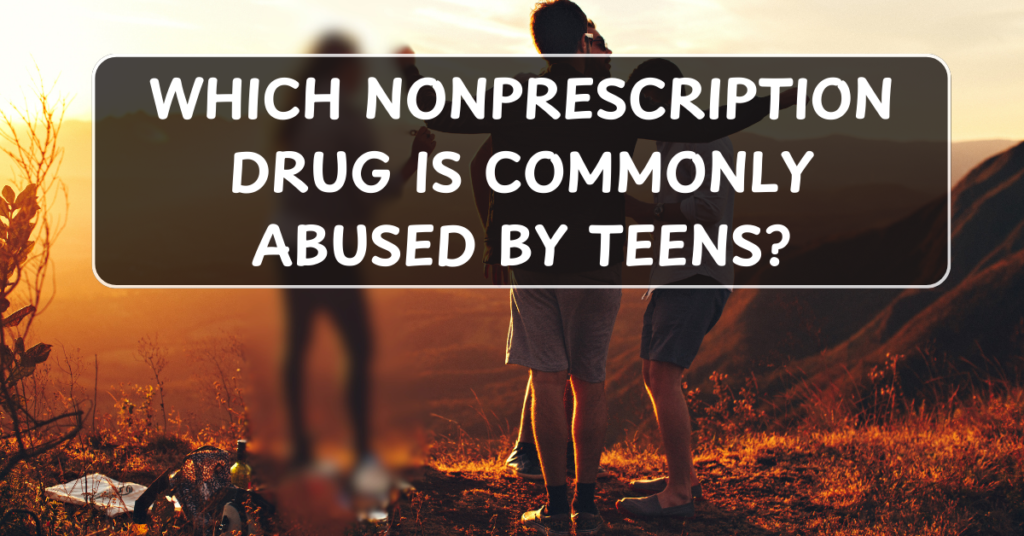
Child abuse is a tragic and harmful reality that affects millions of children worldwide. It can take many forms, including physical, emotional, and sexual abuse, as well as neglect. The impact of child abuse can be devastating, affecting a child’s mental, emotional, and physical well-being, often with lifelong consequences. However, while child abuse remains a significant societal issue, the good news is that child abuse can be prevented.
Preventing child abuse requires a multi-faceted approach, involving individuals, families, communities, and policy makers working together to create environments that protect children and provide support for families. In this post, we will explore various ways child abuse can be prevented, highlighting the importance of early intervention, education, support systems, and community involvement.
1. Early Education and Awareness
One of the most powerful tools in preventing child abuse is education. By raising awareness about the signs and dangers of child abuse, communities can better identify potential issues before they escalate. Education helps individuals understand the physical, emotional, and psychological needs of children and equips them with the skills to care for and support children effectively.
- Parenting Classes: Educating parents about healthy parenting techniques and the importance of nurturing their children’s emotional and physical needs can prevent abuse. Many parents are not aware of the harmful effects of neglect, verbal abuse, or harsh discipline, and providing them with the resources to improve their parenting skills can significantly reduce the risk of abuse.
- Child Abuse Prevention Programs: Community-based programs and school curricula that teach children about boundaries, consent, and how to recognize and report abuse can empower children to protect themselves. Programs like “Good Touch, Bad Touch” can help children understand what is inappropriate and how to seek help if necessary.
- Training for Professionals: Teachers, healthcare workers, social workers, and others who regularly interact with children should receive training on how to recognize signs of abuse and respond appropriately. These professionals can serve as crucial gatekeepers who intervene early if they suspect a child is being abused.
2. Strengthening Families and Communities
A key factor in preventing child abuse is the support and strength of the family. Families who have strong support systems and access to resources are less likely to experience situations that could lead to abuse. Programs that focus on providing assistance to families in need can help address stressors that may otherwise lead to abusive behavior.
- Family Support Programs: Services such as parenting support, counseling, and home visiting programs can help parents who are struggling with mental health issues, financial difficulties, or relationship problems. When families have access to these resources, they are better equipped to handle stress in healthy ways without resorting to abuse.
- Community Resources: Communities that offer access to affordable childcare, mental health services, and housing can help prevent abuse by reducing the pressure on families. Building stronger community networks can provide families with more support and create environments where children are safe from harm.
3. Addressing Mental Health and Substance Abuse
Mental health issues and substance abuse are significant risk factors for child abuse. Parents who struggle with untreated mental health conditions such as depression, anxiety, or anger issues, or who abuse substances like alcohol or drugs, may be more likely to engage in abusive behavior.
- Mental Health Support: Providing accessible mental health care for parents and caregivers can help them cope with stress, trauma, and other emotional difficulties without resorting to abuse. Therapy, counseling, and stress management programs can make a significant difference.
- Substance Abuse Treatment: Addressing substance abuse through counseling, treatment programs, and rehabilitation can help prevent abusive behavior. Many instances of child abuse are linked to alcohol or drug use, and by providing parents with the tools to overcome addiction, the risk to children is reduced.
4. Stronger Child Protection Laws and Policies
Another crucial aspect of preventing child abuse is ensuring that laws and policies are in place to protect children. Governments and local authorities play an essential role in the prevention and reporting of child abuse.
- Child Welfare Systems: Having a robust child welfare system that includes protective services, foster care, and adoption services is critical. These systems must be adequately funded, staffed, and trained to handle cases of abuse and neglect effectively.
- Stronger Legislation: Laws that make it easier for people to report abuse and protect children can also prevent abuse. For instance, mandatory reporting laws require certain professionals (e.g., teachers, doctors) to report suspected abuse, ensuring that more cases are detected early.
- Preventive Policies: Policies that reduce poverty, improve access to healthcare, and support education are vital for the prevention of child abuse. When families are struggling financially or do not have access to quality healthcare or education, the risk of abuse increases.
5. Building Safe Environments for Children
In addition to strong family and community support, it is essential to create safe environments for children. This means ensuring that children are protected from abuse in schools, childcare settings, and other institutions.
- Background Checks: Ensuring that individuals who work with children, such as teachers, daycare providers, coaches, and clergy members, undergo thorough background checks can help prevent abuse. This helps to ensure that those in positions of power are not a threat to children.
- Safe Spaces: Children should have access to spaces where they can go if they feel unsafe or threatened. This can include safe houses, helplines, or community centers where they can report abuse and receive support.
6. Encouraging Social Norms and Attitudes That Prevent Abuse
Changing societal attitudes towards child abuse is critical to its prevention. Children should be seen as valued individuals who have the right to safety, respect, and protection. Normalizing the reporting of abuse, promoting healthy discipline practices, and supporting open conversations about abuse can help create a society that does not tolerate child abuse.
- Public Awareness Campaigns: Media campaigns that raise awareness about the dangers of abuse and the importance of prevention can help change societal attitudes. These campaigns can educate the public about the signs of abuse and the importance of taking action.
- Engaging Men and Fathers: Encouraging fathers and male role models to take an active role in child-rearing and to be part of the conversation around preventing abuse can help break cycles of violence and abuse.
Conclusion
While it may not be possible to completely eradicate child abuse, prevention is possible. By educating parents, strengthening families, providing mental health and substance abuse treatment, enacting strong child protection laws, and creating safe environments for children, we can significantly reduce the occurrence of child abuse and protect vulnerable children from harm. Every individual and community has a role to play in protecting children, and by working together, we can create a safer and more supportive environment for future generations.


